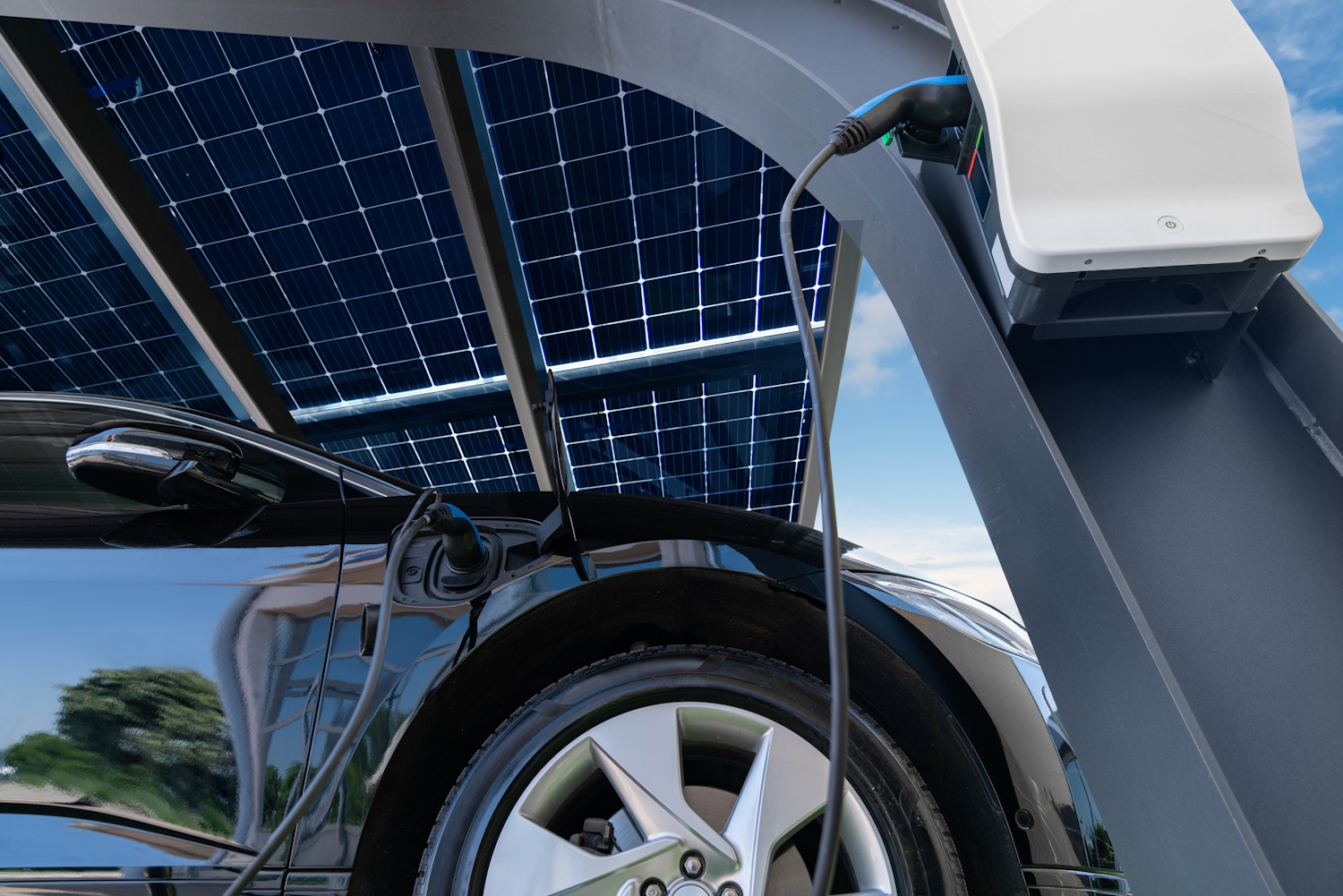
In the modern push for sustainability, cities are reimagining traditional infrastructure to meet the energy needs of tomorrow. One of the most promising developments is the integration of parking lots into smart grid systems, where these spaces, often seen as passive areas for vehicle storage, are transformed into dynamic energy hubs. By incorporating solar panels, energy storage solutions, and electric vehicle (EV) charging infrastructure, parking lots can become key players in the energy ecosystem. This innovative concept not only optimizes urban space but also contributes to reducing carbon emissions and stabilizing the electrical grid.
The Vision: Parking Lots as Energy Hubs
Parking lots are often expansive, flat areas that receive significant sunlight, making them ideal for solar energy harvesting. By outfitting parking lots with solar panels, these spaces can generate renewable energy during the day. However, the true innovation lies in how this energy can be utilized.
In a smart grid system, parking lots would not only produce electricity but also store it in on-site battery systems. This stored energy can serve multiple purposes:
- Charging EVs: As electric vehicles become more prevalent, parking lots equipped with solar-powered EV chargers can help meet the rising demand for clean energy in transportation.
- Grid Stabilization: By storing energy during times of low demand and discharging it back to the grid during peak hours, parking lots can act as a buffer to prevent grid overload, enhancing the overall stability of the electrical network.
- Revenue Generation: Parking lot operators could sell excess energy back to the grid, creating a new revenue stream while supporting the city’s energy needs.
How Smart Parking Infrastructure Supports the Grid
The key to integrating parking lots into the smart grid lies in energy storage and bidirectional energy flow. Here’s how it works:
Solar Panel Arrays: Large solar arrays installed on parking lots, either as rooftop installations on parking structures or as solar canopies over open parking spaces, generate clean energy throughout the day. These panels can be designed to cover extensive areas, providing both electricity and shaded parking.
Battery Storage Systems: On-site energy storage systems, such as lithium-ion batteries, capture the energy generated during peak sunlight hours. This stored energy can then be used later, when electricity demand is high, or when there is less sunlight available.
Vehicle-to-Grid (V2G) Technology: Some future parking lots may also be equipped with V2G technology, where electric vehicles themselves become part of the grid. V2G systems allow parked EVs to not only charge but also discharge electricity back into the grid, creating a more flexible energy exchange system. For EV owners, this could mean potential compensation for allowing their cars to act as mobile energy storage units.
Smart Energy Management Systems: Using AI and data analytics, smart energy management platforms can predict energy usage patterns and direct power where it’s needed most. These systems can optimize energy flow between the parking lot’s solar panels, storage batteries, EV chargers, and the grid itself, ensuring efficiency at all times.
Benefits of Smart Grid Parking Lots
The integration of parking lots into the smart grid presents a multitude of benefits that extend beyond energy storage. Here’s a look at the most significant advantages:
1. Reduced Carbon Emissions
By generating renewable energy on-site, parking lots contribute to lowering the overall carbon footprint of cities. Additionally, powering EVs with solar energy instead of fossil fuels further drives down emissions, supporting a cleaner urban environment.
2. Energy Resilience and Grid Support
Smart grid parking lots can enhance the resilience of the electrical grid by providing backup power during outages or peak usage times. This distributed energy model decentralizes electricity production, making the grid less vulnerable to failures or overloads.
3. Cost Savings and Revenue Potential
For parking lot owners, the integration of solar panels and energy storage opens up the potential for significant cost savings. By generating their own electricity, they reduce dependency on external energy sources. Additionally, by selling excess energy back to the grid, they create a new revenue stream, making these lots a valuable asset in the renewable energy market.
4. Maximized Use of Urban Space
Parking lots are often underutilized in terms of their potential. Transforming these spaces into energy hubs allows cities to maximize their urban space while solving multiple challenges simultaneously—supporting clean energy, EV adoption, and traffic management.
5. Enhanced EV Charging Infrastructure
The integration of solar-powered EV charging stations in parking lots addresses one of the major concerns for EV owners: access to charging infrastructure. This not only encourages more people to switch to electric vehicles but also helps cities meet their sustainability targets faster.
Challenges to Overcome
While the idea of parking lots as smart energy hubs is exciting, it does come with challenges:
- Upfront Costs: Installing solar panels, battery systems, and charging infrastructure requires significant investment. However, long-term savings and revenue generation can offset these costs over time.
- Energy Regulation: Integrating these systems with existing energy grids requires navigating complex regulatory environments, including rules on energy storage, distribution, and grid participation.
- Technology Integration: Seamlessly integrating various technologies—solar panels, battery storage, V2G systems, and grid connections—requires sophisticated software and infrastructure that are still being developed and refined.
Looking to the Future
The future of smart cities is about optimizing every aspect of urban life, and parking lots are no exception. As cities continue to grow and the demand for clean energy rises, parking lots equipped with smart grid energy storage systems will play a crucial role in creating sustainable urban environments. By harnessing the power of the sun, storing it effectively, and distributing it where needed, these spaces will become essential components of the renewable energy revolution.
In the coming years, we can expect more cities and private developers to embrace this innovative concept, transforming parking lots from passive vehicle storage areas into active players in the energy landscape. The fusion of parking and energy management offers not only environmental and economic benefits but also serves as a critical step towards the smart, sustainable cities of the future.
 About Parking Network
About Parking Network
Parking Network is the leading information source for parking. We connect professionals through our online and offline channels. On our online platform parking.net, we publish the latest news, product showcases, job openings, and tenders related to parking. On our platform, you can access the most complete industry and parking professionals directory. Offline, we host niche-specific networking events such as the Airport Parking Network Event.








